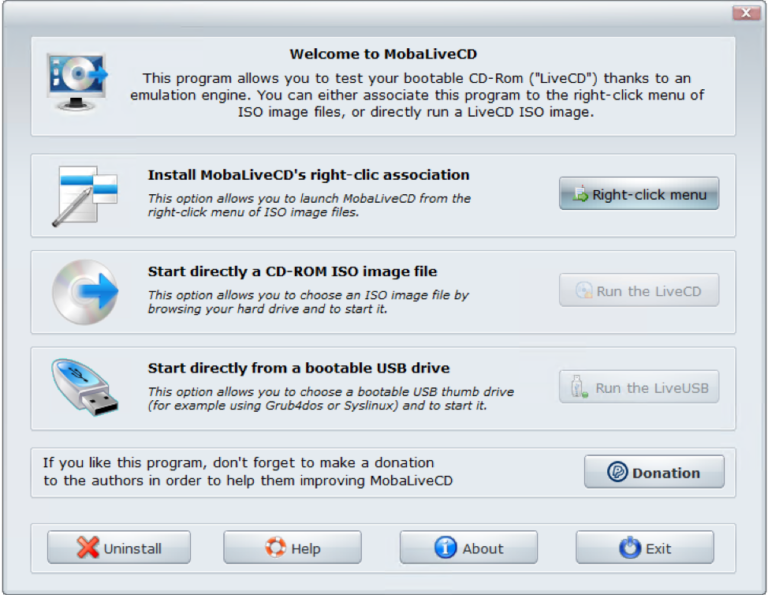Last month, I attended the Web Engines Hackfest (hosted by Igalia in A Coruña, Spain) and also the WebKit Contributors Meeting (hosted by Apple in San Jose, California). These are easily the two biggest WebKit development events of the year, and it’s always amazing to meet everyone in person yet again. A Coruña is an amazing city, and every browser developer ought to visit at least once. And the Contributors Meeting is a no-brainer event for WebKit developers.
One of the main discussion points this year was Media Source Extensions (MSE). MSE is basically a way for browsers to control how videos are downloaded. Until recently, if you were to play a YouTube video in Epiphany, you’d notice that the video loads way faster than it does in other browsers. This is because WebKitGTK+ — until recently — had no support for MSE. In other browsers, YouTube uses MSE to limit the speed at which video is downloaded, in order to reduce wasted bandwidth in case you stop watching the video before it ends. But with WebKitGTK+, MSE was not available, so videos would load as quickly as possible. MSE also makes it harder for browsers to offer the ability to download the videos; you’ll notice that neither Firefox nor Chrome offer to download the videos in their context menus, a feature that’s been available in Epiphany for as long as I remember.
So that sounds like it’s good to not have MSE. Well, the downside is that YouTube requires it in order to receive HD videos, to avoid that wasted bandwidth and to make it harder for users to download HD videos. And so WebKitGTK+ users have been limited to 720p video with H.264 and 480p video with WebM, where other browsers had access to 1080p and 1440p video. I’d been stuck with 480p video on Fedora for so long, I’d forgotten that internet video could look good.
Unfortunately, WebKitGTK+ was quite late to implement MSE. All other major browsers turned it on several years ago, but WebKitGTK+ dawdled. There was some code to support MSE, but it didn’t really work, and was disabled. And so it came to pass that, in September of this year, YouTube began to require MSE to access any WebM video, and we had a crisis. We don’t normally enable major new features in stable releases, but this was an exceptional situation and users would not be well-served by delaying until the next release cycle. So within a couple weeks, we were able to release WebKitGTK+ 2.22.2 and Epiphany 3.30.1 (both on September 21), and GStreamer 1.14.4 (on October 2, thanks to Tim-Philipp Müller for expediting that release). Collectively, these releases enabled basic video playback with MSE for users of GNOME 3.30. And if you still use of GNOME 3.28, worry not: you are still supported and can get MSE if you update to Epiphany 3.28.5 and also have the aforementioned versions of WebKitGTK+ and GStreamer.
MSE in WebKitGTK+ 2.22.2 had many rough edges because it was a mad rush to get the feature into a minimally-viable state, but those issues have been polished off in 2.22.3, which we released earlier this week on October 29. Be sure you have WebKitGTK+ 2.22.3, plus GStreamer 1.14.4, for a good experience on YouTube. Unfortunately we can’t provide support for older software versions anymore: if you don’t have GStreamer 1.14.4, then you’ll need to configure WebKitGTK+ with -DENABLE_MEDIA_SOURCE=OFF at build time and suffer from lack of MSE.
Epiphany 3.28.1 uses WebKitSettings to turn on the “enable-mediasource” setting. Turn that on if your application wants MSE now (if it’s a web browser, it certainly does). This setting will be enabled by default in WebKitGTK+ 2.24. Huge thanks to the talented developers who made this feature possible! Enjoy your 1080p and 1440p video.




